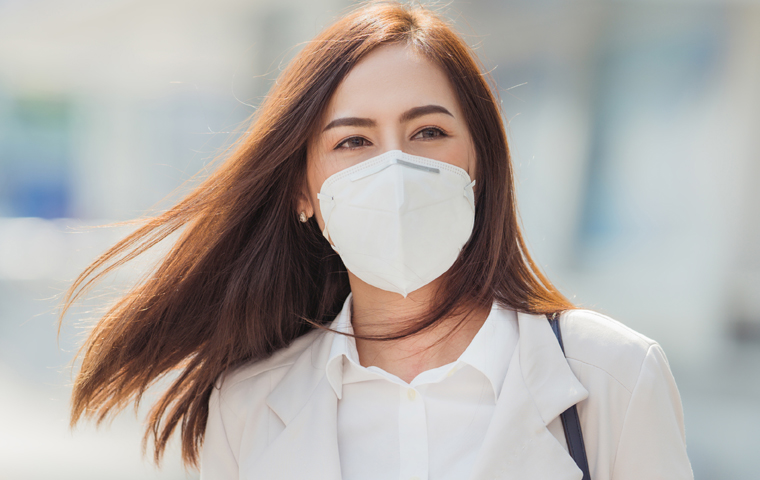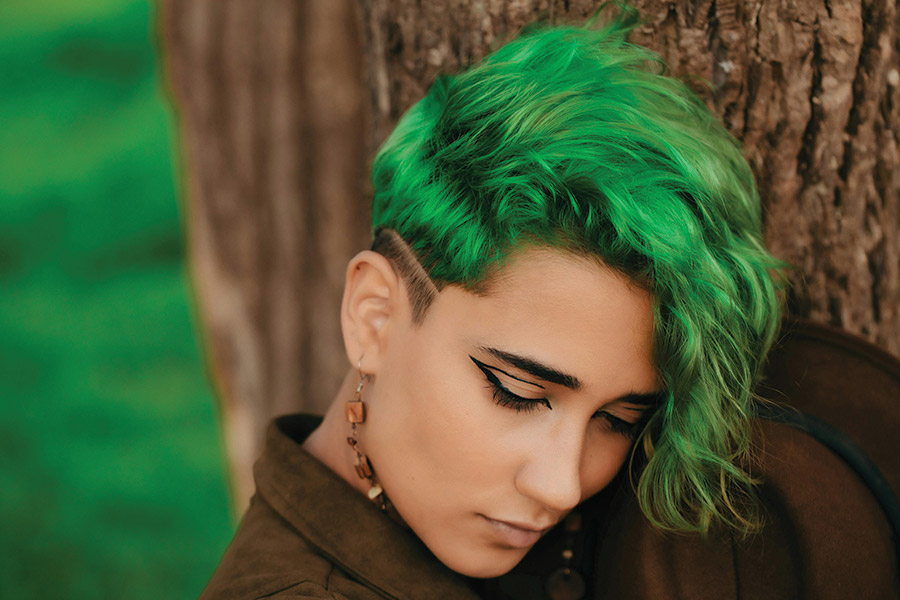Nalini Kalra tells us how to protect the skin from masks and gloves
“Masks are required only when meeting people, they do not need to be worn when you are at home”
Post lockdown, everyone will be seen wearing masks and other protective gear daily, to protect themselves against coronavirus. However, most people are likely to develop skin problems due to various Personal Protective Equipment (PPE). SS WEEKLY asks the well-known skin expert, Nalini Kalra, General Manager of Christine Valmy International Academy of Beauty, and HBS Skinpro Jury member for her inputs.
Due to the prolonged use of masks and gloves, what will be the common skin concerns?
Almost every type of PPE — face masks, goggles, face shields, gloves — can cause skin problems. Even gowns can cause overheating and profuse sweating and when combined with friction, can increase acne, rash, cause bruising, itching or dermatitis. It may also cause ulceration on or behind the ears from the elastic loops that stretch around the ears. Wearing mask for long time can also often lead to reddened indentations on the face corresponding to the outline of the mask. The culprit is moisture build-up coupled with pressure underneath the PPE, resulting in skin damage.
How to avoid Maskne?
The new buzzword of this pandemic is “Maskne”. Prolonged use of masks can cause acne, or skin inflammation caused by constant friction against your face and trapped moisture that clogs the pores. The heat and humidity concentrated around the mouth can alter the pH of your skin and make you more prone to bacterial infection. Wash your face with gentle cleansers immediately after removing the mask to prevent
accumulating oil and sweat. Use hydrating creams and moisturizing cleansing lotions to avoid dryness. For make-up, opt for a light liquid foundation or mineral make-up, but make sure you clean it before going to bed.

What are the best ways to prevent skin problems caused due to PPE?
Apply moisturizer to areas of the face (ears, forehead, and nose) that have the most contact with PPE. Creams containing polymers or dimethicone are good options due to longer durability. Product must be applied 1 to 2 hours before donning PPE so that it is fully absorbed and completely dry before the PPE is put on. One can use protective barrier wipes to help against irritation or excoriation. Also, use fabric that suits your skin. The most popular fabric and first choice is tightly woven cotton. Secondly, cotton and natural silk combination is also good.
Can you share some tips to soothe irritated skin ?
- Apply cooling agents like menthol, aloe vera or calamine
- Use moisturizer frequently to avoid dryness
- Do not rub or massage irritated skin
- Use cold compress to soothe the skin
Lead Image credit: Shutterstock






